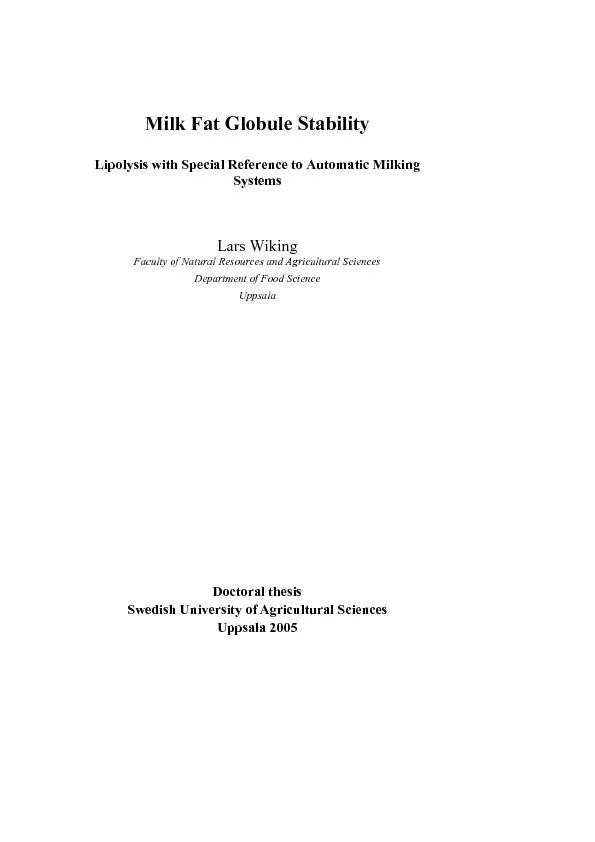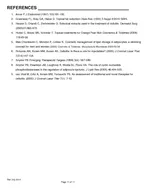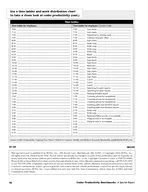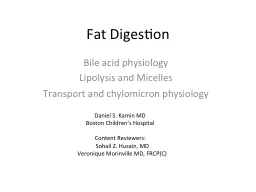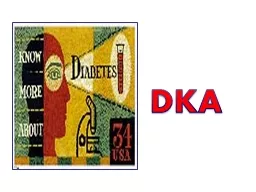PDF-Lipolysis with Special RefSwedish University of
Author : celsa-spraggs | Published Date : 2016-06-09
Tryck SLU ServiceRepro Uppsala 2 ADV Acid degree value BDI Bureau of Dairy Industry CD 36 Cluster of differentiation 36 FFA Free fatty acids FID Free induction decay
Presentation Embed Code
Download Presentation
Download Presentation The PPT/PDF document "Lipolysis with Special RefSwedish Univer..." is the property of its rightful owner. Permission is granted to download and print the materials on this website for personal, non-commercial use only, and to display it on your personal computer provided you do not modify the materials and that you retain all copyright notices contained in the materials. By downloading content from our website, you accept the terms of this agreement.
Lipolysis with Special RefSwedish University of: Transcript
Download Rules Of Document
"Lipolysis with Special RefSwedish University of"The content belongs to its owner. You may download and print it for personal use, without modification, and keep all copyright notices. By downloading, you agree to these terms.
Related Documents

